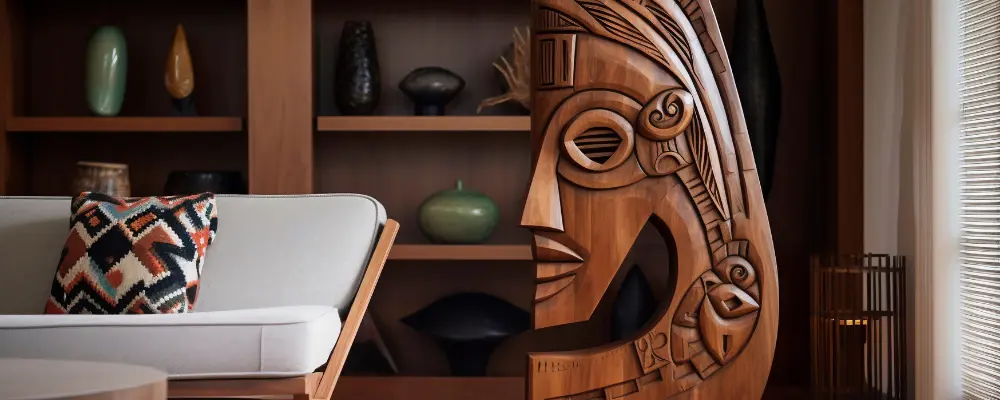Dealing with woodwork can seem a pretty expensive affair. Starting from cabinets in kitchens and wardrobes to doors and windows, wood is a major requirement. The cost of woodwork and its labour brings about an increase in the overall cost of interiors. So, definitely a reduction in the cost of woodwork and carpentry would lower down the cost and end things up within budget. There are various ways to reduce the cost in woodwork and carpentry.
Numerous types of wood are available in the market. Smartly using the correct wood for the desired job would definitely help in cost cutting. Solid wood (Mahagony, teak wood, etc.) is the finest and good quality wood. It is extremely costly and most durable. It is advisable to use it for door window frames, beds and heavy load-bearing furniture. But, using this for cabinets would unnecessarily increase the cost.
Engineered wood is manufactured by binding together wood strands, fibres, etc. with adhesives under heat and pressure. It is cheaper and durable for home furniture and ultimately brings down the cost. Plywood and Medium-density fibre (MDF) are the most commonly used engineered wood. MDF is even cheaper than plywood. So, for cabinets which do not require to hold large amount weights, MDF is preferred.
Use of veneer and sunmica (laminates) over MDF or wooden boards also acts as an option in case of reduction of cost in woodwork. Veneer are sliced layers of wood that can be glued to MDF or particle boards. These give a classy wooden finish without spending on large quantity of high quality solid wood. Sunmica or laminates are synthetic wood products made up of high density fibre and wooden particles. In addition to giving a clean finish, they are also water and scratch resistant. Moreover, laminates are extremely cheap and easier to work with which makes them most chosen.
Ordering the correct quantity of wood for the job is really important. Most of the times more than required quantity of wood is bought and then lots of it remains unused and gets wasted. This not only causes waste of wood but also leads to an additional cost of material.
The carpenters and workers should also be told to use wood effectively such that the waste left out is minimum. Rest of the waste wood can be further recycled or reused in different ways. Moreover, offsite prefabrication of timber would also be a great option as it would produce minimum waste and further bring about a decrease in the cost. The unused wood can later be sold back or returned to the timber supplier.
Reuse of the existing furniture can save a lot of money! Old furniture which is of good quality and in a good condition can be reused. While planning for renovation, the furniture that can be reused should be taken into consideration such that it can be adjusted while designing. This would save a lot of money which would rather be wasted in buying new furniture.
Use of modular design is another aspect that would make woodwork interiors cost effective. These modular furniture provide a wide range of choices in materials, laminates, fabrics, colours and also give advanced possibilities of concealing wires and flexibility in panelling. Modular factory made products produce less waste are comparatively cheaper as compared to the cost of furnishing using timber and carpentry labour.
Moreover, these days laminated panels which give a very similar look to the timber planks are available in the market. These are cheaper as compared to wooden planks and also require very low maintenance. These panels are most widely used in laminated wooden flooring.
Cost cutting in woodworks can be done in different ways. It depends on the individual likes and dislikes too. Proper use of resources available and reduction in waste can be of a great benefit.

